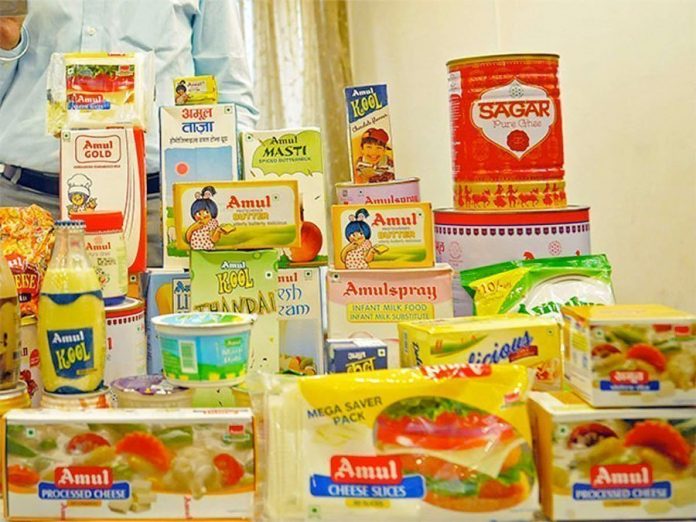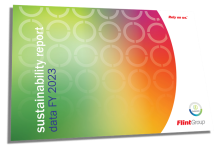The Gujarat Cooperative Milk Marketing Federation (GCMMF), which markets the popular Amul brand of milk and dairy products, has announced in its 45th Annual General Meeting that it aims to achieve a turnover of Rs 50,000 crore by 2020-21. In the long-term, Amul aims to establish itself as the largest dairy organization in the world.
GCMMF has registered a turnover of Rs. 33,150 Crores for the financial year 2018- 19. The sales turnover achieved by the company is 13% higher than in the previous financial year. Whereas, the total turnover of GCMMF products sold under the Amul brand is over US$ 6.5 billion (approx Rs 45,000 crores).
Ramsinhbhai P Parmar, chairman of GCMMF said that in the past nine years, milk procurement has witnessed an increase of 153% owing to high price paid to the farmer-members. Milk procurement price has increased by 105% in this period.
He further added that the time is ripe for the second white revolution given that the demand for milk in India is seen going up to 65 crore litres per day in 2050-51 from the current level of 48 crore litres per day. This means that India’s milk production needs to grow at around 3.2% CAGR for the next 40 years. This can be possible only when dairy farmers are given stable and remunerative prices through proper market linkage.
R S Sodhi, managing director of GCMMF added that GCMMF has already upped total milk processing capacity to 360 lakh litres per day which is expected to go up to 400 lakh litres per day in the next two years. In Gandhinagar, Gujarat, AmulFed Dairy’s capacity expansion from 35 lakh litres per day to 50 lakh litres per day further underlines its status as the largest dairy factory in India.
In that last couple of years, several brand new dairy plants have already been commissioned in different parts of India. These include two eight lakh litres per day capacity plants – one at Taloja, Navi Mumbai; and the other at Navapura near Ahmedabad. It has also commissioned two other two lakh litres per day capacity plants in Junagadh and Porbandar.
Apart from this, the company is also expanding its milk powder manufacturing capacity at Himmatnagar. “Our new chocolate factory has boosted our production capacity to 1300 MTs per month, enabling us to launch several new and unique flavoured chocolates which have been attracting huge interest from chocolate lovers and being received favourably by consumers,” he said.











